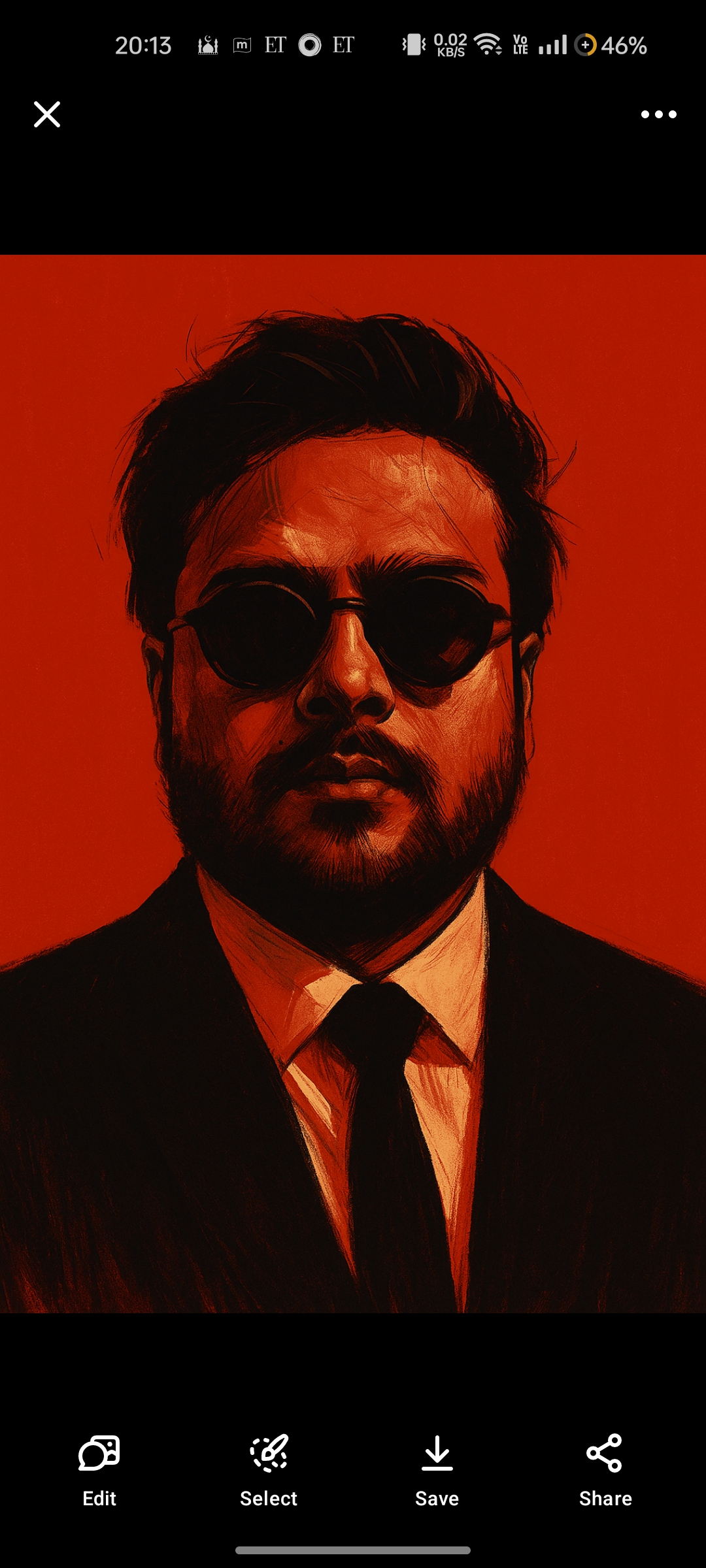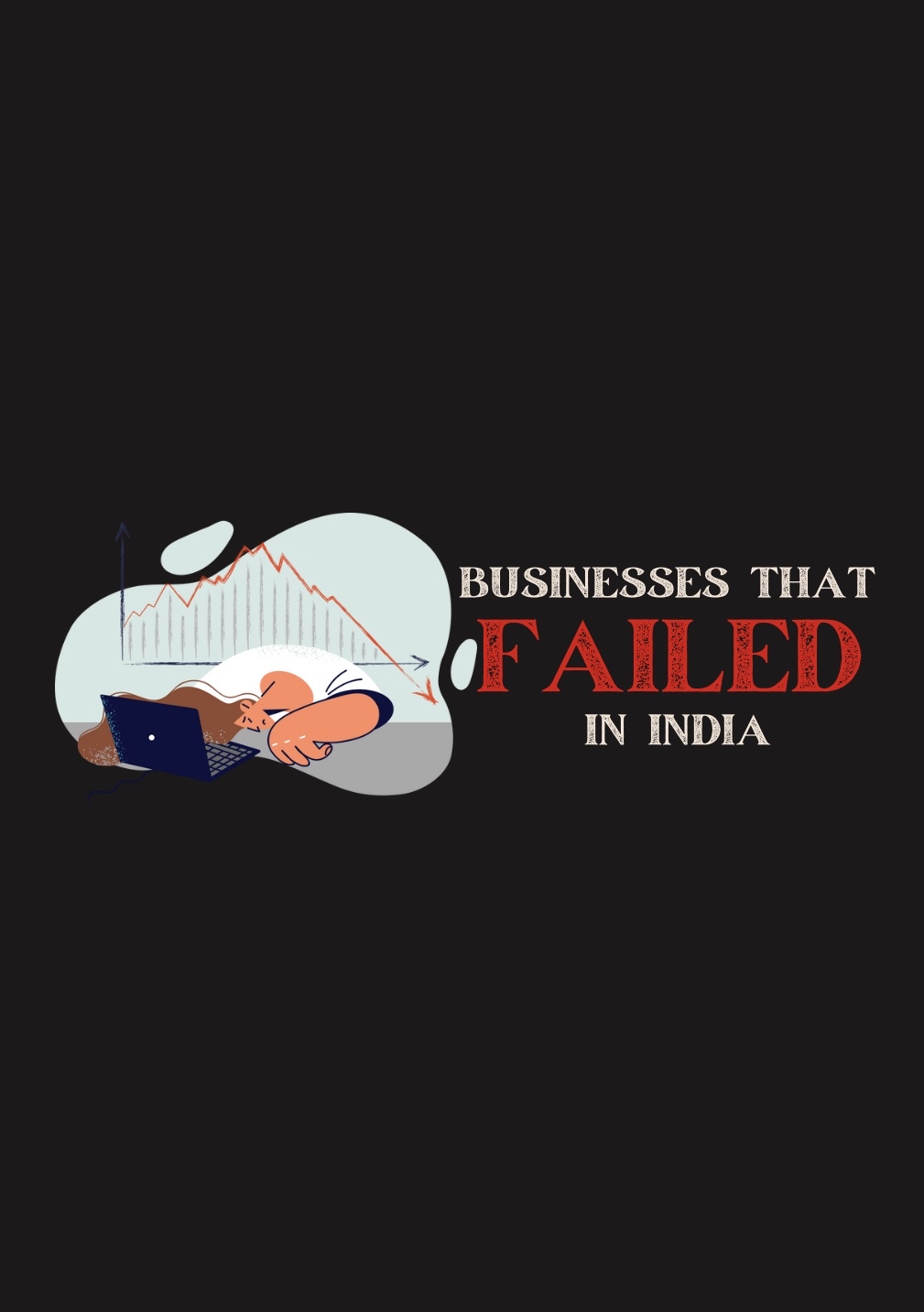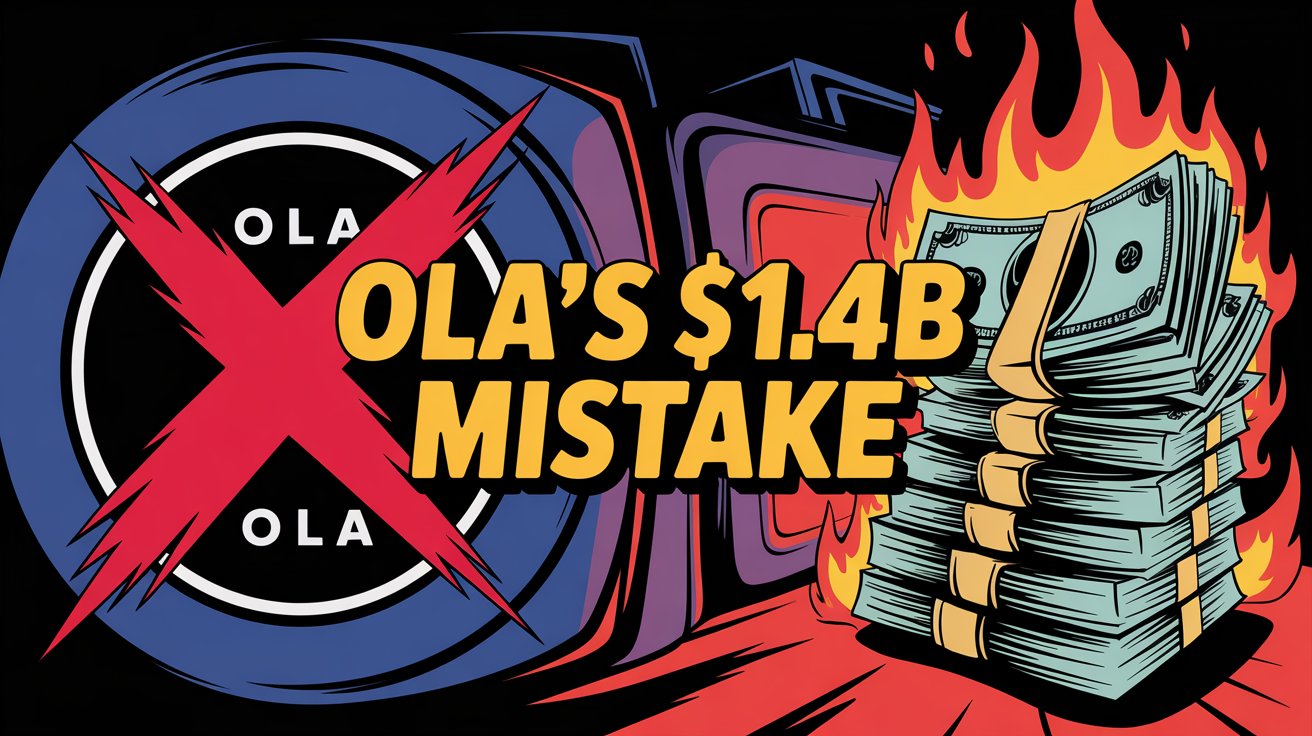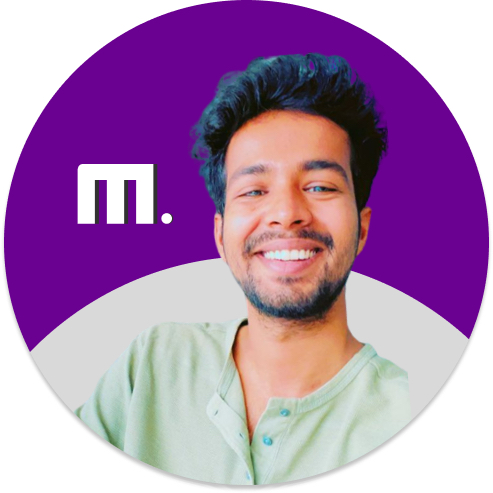Back
Vishu Bheda
•
Medial • 10m
𝗗𝗮𝘆 𝟯 𝗼𝗳 𝗧𝗵𝗲 𝗜𝗻𝗱𝗶𝗮𝗻 𝗦𝘁𝗮𝗿𝘁𝘂𝗽 𝗪𝗮𝗿 𝗦𝘁𝗼𝗿𝗶𝗲𝘀: 𝗢𝗹𝗮 𝘃𝘀. 𝗨𝗯𝗲𝗿 – 𝗧𝗵𝗲 𝗕𝗿𝘂𝘁𝗮𝗹 𝗥𝗶𝗱𝗲𝘀𝗵𝗮𝗿𝗶𝗻𝗴 𝗪𝗮𝗿 𝟮𝟬𝟭𝟯 – 𝗧𝗵𝗲 𝗔𝗿𝗿𝗶𝘃𝗮𝗹 𝗼𝗳 𝗮 𝗚𝗶𝗮𝗻𝘁 Uber had already conquered cities like New York, London, and San Francisco. Now, it was time for India. Armed with billions in funding and an aggressive expansion plan, Uber landed in India in 2013, confident it would dominate like everywhere else. But there was a problem. India wasn’t the US. Here, roads were chaotic, credit card usage was low, and government regulations were unpredictable. And Uber wasn’t alone. An Indian startup, Ola, had been building its empire since 2010. Unlike Uber, Ola knew India wasn’t about luxury rides—it was about affordability. A war was about to begin. --- 𝗧𝗵𝗲 𝗙𝗶𝗿𝘀𝘁 𝗦𝘁𝗿𝗶𝗸𝗲 – 𝗢𝗹𝗮’𝘀 𝗟𝗼𝗰𝗮𝗹 𝗔𝗱𝘃𝗮𝗻𝘁𝗮𝗴𝗲 While Uber targeted premium customers, Ola went after the masses. Uber required credit cards. Ola accepted cash. Uber focused on big cities. Ola expanded into Tier 2 & 3 cities first. Uber had only cars. Ola introduced autos, bike taxis, and rentals. Ola wasn’t trying to beat Uber at its game—it was changing the game. Within two years, Ola had already taken the lead in ride volume. Uber had no choice. It had to adapt. --- 𝟮𝟬𝟭𝟱 – 𝗧𝗵𝗲 𝗣𝗿𝗶𝗰𝗲 𝗪𝗮𝗿 𝗕𝗲𝗴𝗶𝗻𝘀 Both companies had billions to spend. And they spent it. ₹49 rides. ₹1 offers. Free trips. Drivers getting ₹50,000+ per month in incentives. Every ride booked meant a company was burning money. The goal? Kill the competition first, make profits later. Investors kept pouring in cash. Both companies kept bleeding. But something else was happening in the background. --- 𝗢𝗹𝗮’𝘀 𝗦𝗲𝗰𝗿𝗲𝘁 𝗪𝗲𝗮𝗽𝗼𝗻 – 𝗣𝗼𝗹𝗶𝘁𝗶𝗰𝘀 & 𝗥𝗲𝗴𝘂𝗹𝗮𝘁𝗶𝗼𝗻𝘀 Uber assumed money and technology would win. Ola knew India runs on relationships. Ola lobbied the government to create new regulations. It worked with transport authorities to block Uber’s expansion. It formed alliances that Uber couldn’t. Every time Uber faced a ban, Ola was there to take its place. When Karnataka banned Uber’s bike taxis, Ola quickly launched Ola Bike. When Delhi banned high fares during peak hours, Ola followed the rules, but Uber resisted. Uber kept hitting legal roadblocks. Ola kept expanding. --- 𝟮𝟬𝟭𝟵 – 𝗧𝗵𝗲 𝗪𝗮𝗿 𝗦𝗵𝗶𝗳𝘁𝘀 By 2019, the battle had changed. Investors wanted profits. Discounts were cut. Drivers were unhappy. Uber went public, struggling with global losses. Ola pivoted into electric vehicles (Ola Electric) and food delivery (Ola Foods). Today, both companies exist, but their territories are clear. Uber dominates airports, premium rides, and metros. Ola owns small cities, auto-rickshaws, and rentals. But Ola proved one thing—global giants don’t always win in India. --- This was just Day 3. Tomorrow, we uncover PhonePe vs. Paytm – The Payments War That Changed India. Follow Vishu Bheda now—because the biggest battles are still ahead.
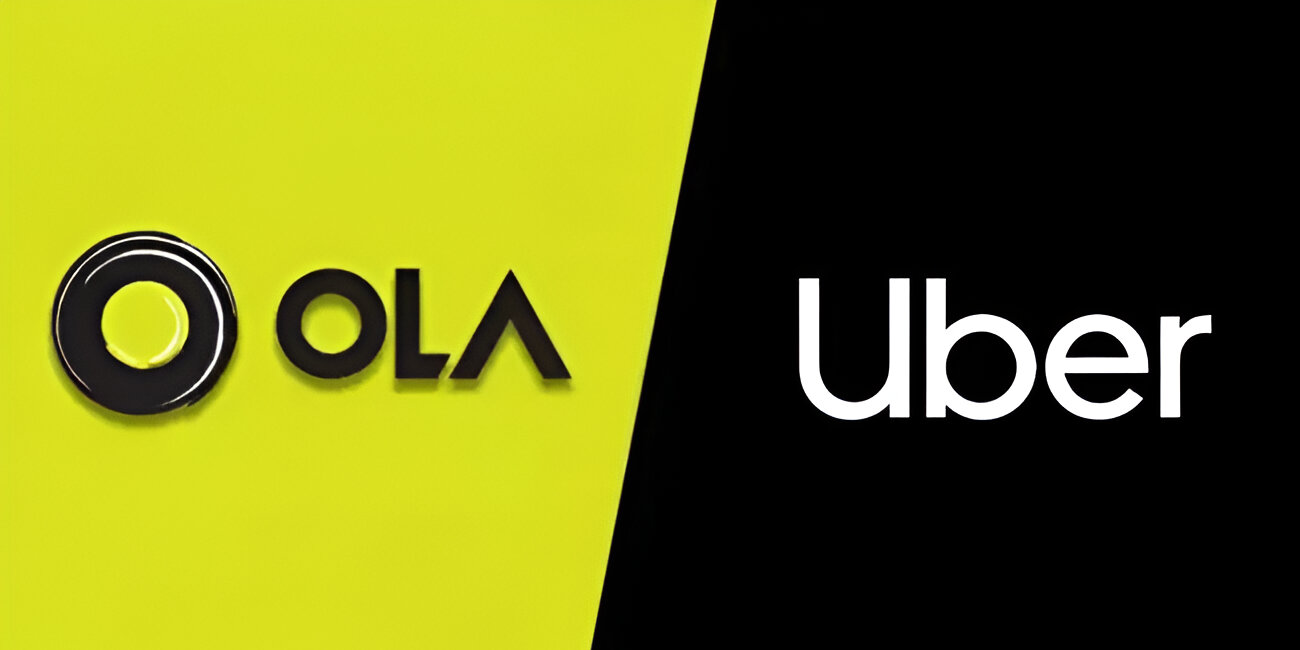
Replies (9)
More like this
Recommendations from Medial
Niket Raj Dwivedi
•
Medial • 1y
Rapido is the only cab service which gives rides as soon as you book and with their tipping feature it’s faster than ever. Plus the cheapest fares too. Ola and Uber charge higher, make you wait almost every time, and so much so that you’ll start hati
See MoreDownload the medial app to read full posts, comements and news.




